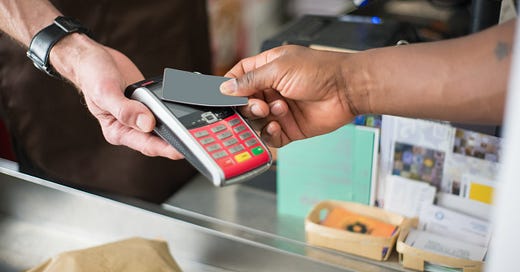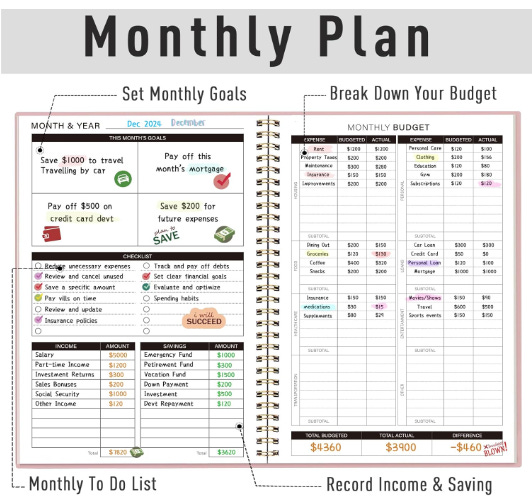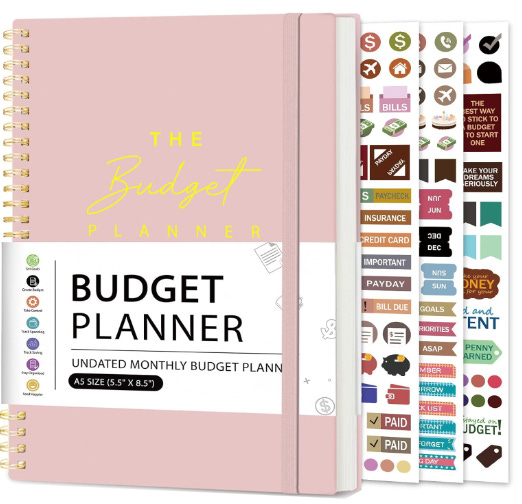
Sometimes trends in the retail industry are unpredictable. Other times trends seem bound to happen. This is why when retail companies find a tried and true path that is profitable, they’ll often choose not to reinvent the wheel. Then in comes Amazon to shake things up a little and make other retailers reevaluate their business methods. In their latest spin on retail, Amazon is allowing customers to make cash payments for their products — with help from Western Union. And when Amazon moves the needle, other retailers can’t help but take notes.
The online marketplace has been essential in making retailers reevaluate their shipping methods, expand their inventory, and move customers toward cashless transactions in brick and mortar stores. Their Amazon Prime credit cards come with grocery bonus discounts and free delivery. And low-income customers who don’t quite meet the eligibility requirements for Amazon Store Cards can apply for the Amazon Store Card Credit Builder.
All of the above decisions have proven to be effective. But with retailers moving more toward cashless purchases, why would Amazon want to go against a trend it created? The same reason the company decided to open a brick-and-mortar bookstore: For Amazon, the customer is still key.
Method to Amazon’s business madness
Amazon wanted to sell books online and thrived in it. Consumers could find discount rates on Amazon’s marketplace that were only sold at higher prices in physical stores. Some independent bookstores and well-known bookstore chains shut down simply because they could not compete. Then Amazon decided to open a brick and mortar bookstore after all those stores were closed. Why?
Tangible books are still outselling ebooks and audiobooks by an unquestionable amount. The Association of American Publishers reported almost $26 billion in revenue for 2018. Of that amount, $22.6 billion were spent on print books. While businesses can offer a wide assortment of options for consumers to purchase from the comfort of their homes, the consumer still reigns supreme.
ADVERTISEMENT ~ Amazon
As an Amazon affiliate, I earn a percentage from purchases with my referral links.
From checking account to card checkout
In a report by PYMNTS, immediate funds are still the most popular method of payment for day-to-day purchases. The Federal Reserve Bank of Atlanta found that consumers—who make an average of 72 purchases per month—used debit cards (34%) and cash (24%) more than credit cards (23%) in 2018. While debit cards bumped cash, that still means consumers are more likely to spend money that is readily available in their checking accounts versus transactions they will pay for later. This was especially the case for those making $75K or under. (Cash and debit card payments tended to dwindle for those making more than $75K though.)
In order to make cash payments through Amazon, consumers choose “Amazon PayCode.” Then deposit the cash amount at a participating Western Union location. After that, the payment is shipped. Assuming Western Union locations are nearby, cash transactions for Amazon can be pretty simple. And if customers start make payments in Western Union locations in Walmart stores, that could create even more interesting tension between the two competitors.
Should other retailers follow suit, online retail can challenge worldwide views on cash in addition to the United States’ hesitation to make instant bank transfers. Besides the United States, Amazon PayCode is already available in Barbados, Chile, Colombia, Costa Rica, Federated States of Micronesia, Hong Kong, Indonesia, Kazakhstan, Malaysia, Marshall Islands, Mauritius, Palau, Peru, Philippines, Kenya, Taiwan, Tanzania, Thailand and Uruguay.
The future of cash in retail
There are plenty of reasons that consumers choose not to pay in cash. One of the most obvious ones is loss and security. Give or take a few Good Samaritans, once cash is lost, it’s permanently lost. Cash is also less comfortable to carry in a wallet or pocket, even with the clip.
Cashless stores do not have to worry about counting registers at the end of the night nor relying on other team members to keep change in stock. Amazon Pay Code has found an alternate way to be a cashless store with cash. Should Amazon Pay Code be available in Amazon Go stores, representatives still wouldn’t have to directly handle the cash. Western Union would.
Even with Amazon’s already proven reputation, the online retailer has been pretty adamant about being inclusive. More than half of Amazon shoppers have a net worth of $500K, according to Epsilon, but this still hasn’t stopped them from reaching out to other groups. And with the $75K and under crowd being a fan of the dollar, it only makes sense to include cents.
(Note: This post was originally published as an Upwork freelancer for RETHINK Retail.)
Did you enjoy this post? You’re also welcome to check out my Substack columns “Black Girl In a Doggone World,” “BlackTechLogy,” “Homegrown Tales,” “I Do See Color,” “One Black Woman’s Vote” and “Window Shopping” too. Subscribe to this newsletter for the monthly post on the third Thursday.
If you’re not ready to subscribe but want to support my writing, you’re welcome to tip me for this post! I’ll buy a dark hot chocolate on you. Thanks for reading!






